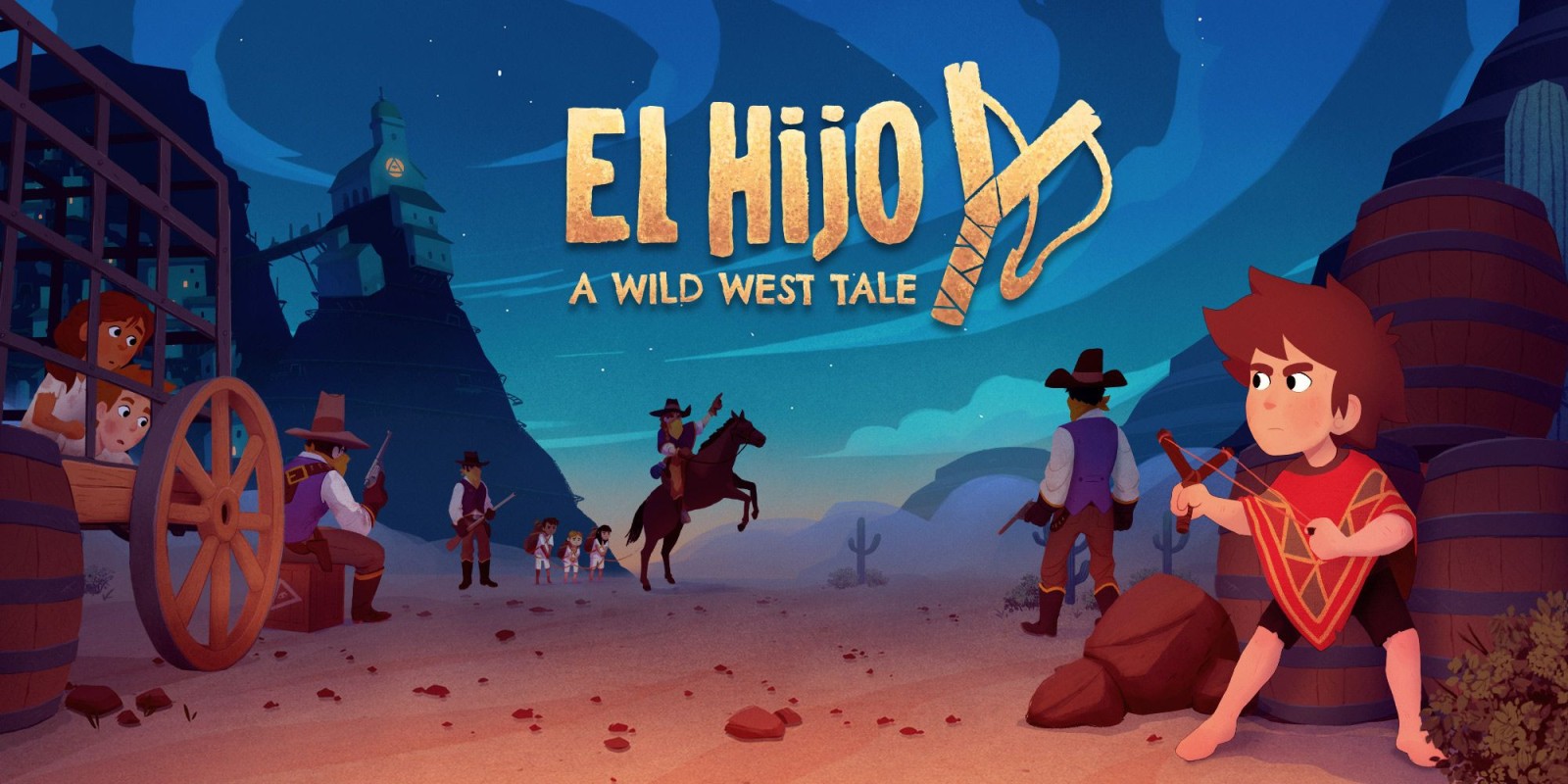

Today, both Antarctica and Arkaroola have a moratorium on mining. As Sprigg assessed an old mine site in the Ediacara Hills to determine the viability of re-opening, he instead discovered Precambrian fossils – leading geologists to define a new geological period, the Ediacaran, for the first time in over 100 years.ĭickinsonia costata fossil of the Ediacaran biota, similar to those discovered by Mawson’s student Reg Sprigg. Interestingly, it was also radioactivity that drew Mawson’s student, Reg Sprigg, up north in the 1940s. Traces of radioactive elements were also found near Arkaroola in the northern Flinders Ranges, although they never became commercially viable as mine sites in either case. It helped identify and describe the mineral davidite, which contains the radioactive elements titanium and uranium, in the region known as Radium Hill near Olary. Pharoah explains that Mawson had a device called an electroscope, which could detect the presence of an electric charge or ionising radiation, and therefore could measure whether unusual minerals or rocks were radioactive. In a similar way, Mawson’s ventures into northern SA were with a purpose – he was on the hunt for radioactive minerals. “A lot of academic geologists in Australia would, because it was a potential way of making money that would be far greater than their modest salaries.” “He always had an eye for commercial geology,” Pharoah says. Credit: Walter Semmens Image courtesy of the State Library of South Australia, SLSA: B 61686, Public Domain. Sir Douglas Mawson during an expedition to the Flinders Ranges, c.1920. “The South Australian landscape is filled with evidence of past glacial activity, which is part of what made Mawson interested in trying to put the pieces together,” Pharoah explains. There were no luxuries – it was all pretty mundane and arduous and hot or cold.” Glacial linksĪustralia and Antarctica mirror each other in more ways than one. I don’t think anything like that could be described when Mawson was in the outback. Everyone thinks of the hardship but there were moments of luxury as well. “So it’s an interesting contrast of extremes. Pharoah notes: “In some ways, the Antarctic is this interesting contradiction, because although it’s a very tough and unforgiving environment, the men were going down and sometimes enjoying quite a luxurious life with exotic foodstuffs that were donated to the expedition, and there were quite nice wines drunk. Mawson would often take groups of university students on field trips, and the logistics of food and transport would have been challenging. “Mawson was, in a sense, encountering at the extreme these two types of deserts, and trying to make sense of this world and also survive – and at times lead quite large groups of people,” Pharaoh says. Antarctica is also essentially a very cold desert, with very little precipitation. The Australian desert can get very cold, as anyone who has been out at night in winter in the outback would know. “He was using the same clothing and equipment to keep warm,” Pharoah says. Interestingly, they reveal that these trips mirror Mawson’s major expeditions to the Antarctic in many ways. Pharoah explains that while Mawson’s Antarctic diaries are well-known, the museum and its volunteers have also been trawling through and transcribing the journals detailing his field trips into regional South Australia. He was particularly drawn to the outback regions of northern SA, according to Pharoah, which he returned to over the coming decades, filling dozens of diaries with notes. Within two years of arriving, he’d visited the Adelaide Hills, Kangaroo Island, the Flinders Ranges, the southern Yorke and Eyre peninsulas and the Olary-Broken Hill area.

#A tale in the desert store free#
In 1905, at the tender age of 22, he took up a lecturing position in mineralogy and petrology at the University of Adelaide and began to roam the state using a free rail pass, given to him by the government for geological investigations. One reason Mawson was so interested in visiting Antarctica was his intense interest in the geology of South Australia.


 0 kommentar(er)
0 kommentar(er)
